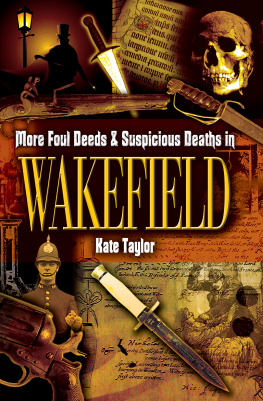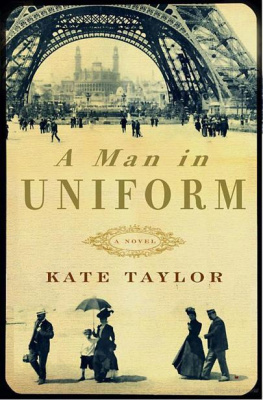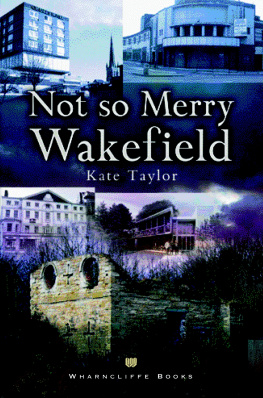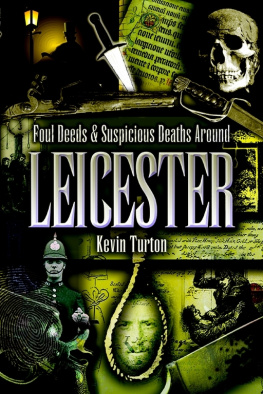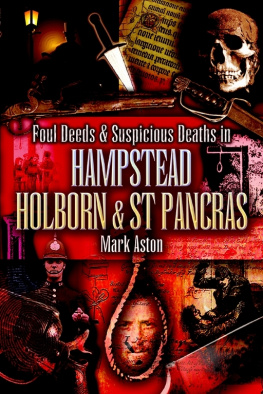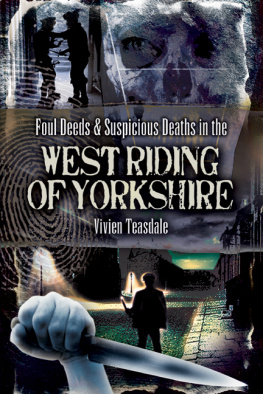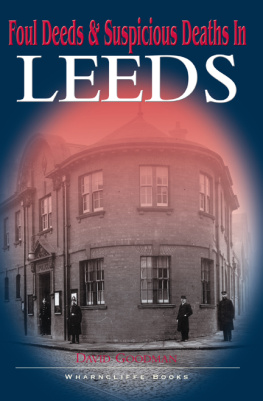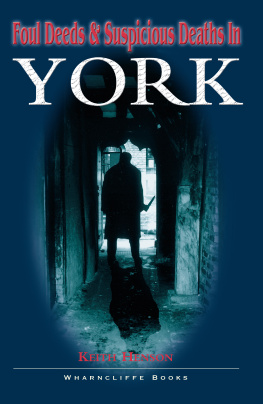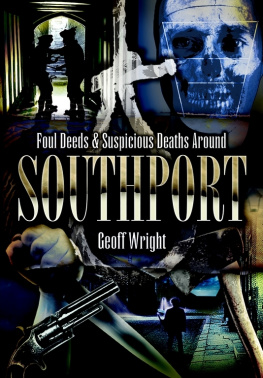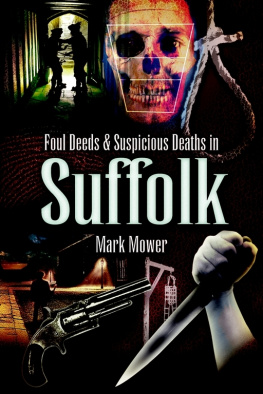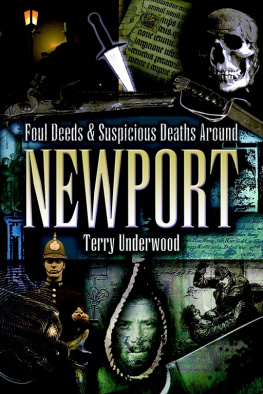
FOUL DEEDS AND SUSPICIOUS DEATHS Series
Foul Deeds and Suspicious Deaths series explores in detail crimes of passion, brutal murders, grisly deeds and foul misdemeanours. From Victorian street crime, to more modern murder where passion, jealousy, or social depravation brought unexpected violence to those involved. From mysterious death to murder and manslaughter, the books are a fascinating insight into not only those whose lives are forever captured by the suffering they endured, but also into the society that moulded and shaped their lives. Each book takes you on a journey into the darker and unknown side of the area.
Other titles in the series
Foul Deeds and Suspicious Deaths in Blackburn & Hyndburn, Stephen Greenhalgh 1 903425 18 2 . 9.99
Foul Deeds and Suspicious Deaths In and Around Chesterfield, Geoffrey Sadler 1 903425 30 1 . 9.99
Foul Deeds and Suspicious Deaths In Leeds, David Goodman 1 903425 08 5 . 9.99
Foul Deeds and Suspicious Deaths In Nottingham, Kevin Turton 1 903425 35 2 . 9.99
Foul Deeds and Suspicious Deaths In and Around Rotherham, Kevin Turton 1 903425 27 1 . 9.99
Foul Deeds and Suspicious Deaths In and Around The Tees, Maureen Anderson 1 903425 26 3 . 9.99
Foul Deeds and Suspicious Deaths In Wakefield, Kate Taylor 1 903425 07 7 . 9.99
Foul Deeds and Suspicious Deaths In York, Keith Henson 1 903425 33 6 . 9.99
Foul Deeds & Suspicious Deaths on the Yorkshire Coast, Alan Whitworth 1 903425 01 8 . 9.99
Other Local Books
The Making of The West Yorkshire Landscape , Anthony Silson 1 903425 31 x . 9.99
Trams Around Dewsbury & Wakefield, Norman Ellis 1 903425 40 9 . 9.99
Please contact us via any of the methods below for more information or a catalogue.
WHARNCLIFFE BOOKS
47 Church Street Barnsley South Yorkshire S70 2AS
Tel: 01226 734555 734222 Fax: 01226 734438
E-mail: enquiries@pen-and-sword.co.uk Website: www.wharncliffebooks.co.uk

First Published in 2003 by
Wharncliffe Books
an imprint of
Pen and Sword Books Limited,
47 Church Street, Barnsley,
South Yorkshire. S70 2AS
Copyright Kate Taylor, 2003
For up-to-date information on other titles produced under the
Wharncliffe imprint, please telephone or write to:
Wharncliffe Books
FREEPOST
47 Church Street
Barnsley
South Yorkshire S70 2BR
Telephone (24 hours): 01226 - 734555
ISBN: 1-903425-48-4
eISBN: 978-1-78337-903-3
All rights reserved. No part of this publication may be reproduced, stored in a retrieval system, or transmitted, in any form or by any means, electronic, mechanical, photocopying, recording or otherwise, without the prior permission in writing of the publishers.
This book is sold subject to the condition that it shall not, by way of trade or otherwise, be lent, resold, hired out or otherwise circulated without the publishers prior consent in any form of binding or cover other than that in which it is published and without a similar condition including this condition being imposed on the subsequent purchaser.
A CIP catalogue record of this book is available from the British Library
Cover illustration: Back: Crofton Churchyard, Kate Taylor
Printed in the United Kingdom by
CPI UK
Introduction
This volume focuses on foul deeds in the nineteenth and twentieth centuries. Some references to earlier murders and other capital offences are to be found in an account published in 1867 of the executions in York from 1379 onwards. There we find that one Robert de Fleury, who was fifty and a Wakefield man, was hanged in 1574 for wounding Baron de Cavallo near Shipton; his body was handed over for dissection. In 1578 William Henry de Boyle was hanged for the murder of his servant, Sarah Robson of Wakefield, by strangling her with his whiplash in his bedroom, in front of his wife and daughter; his body was brought to Wakefield Common and hung in chains as an awful warning. Other executions of Wakefield people recorded in the book relate to Luddite activity, sheep stealing, and stealing a horse. However, forty year old John Senior is noted as the first man in the county to be hung for defrauding his creditors; his execution was in 1813.
I have included one case of rape and one of attempted rape among these accounts. Few cases of rape were in the past brought successfully to trial. This was not because rape did not happen. Rather it was because it was both difficult to prove and a severe ordeal for the woman to give evidence. It seems, too, that at least one Assize judge cautioned the Grand Jury against accepting a bill of rape. In 1837 the judge at York advised that unless the case was clear, the charge should be thrown out and perhaps one of assault might be substituted, but that such cases are extremely unpleasant to investigate and they in no slight degree offend the morals of the community. It was at those Assizes that three young men from Ossett, John Milnes, George Kemp, and Walter Carr, had been awaiting trial for the rape of one Mary Stuart but Mary failed to appear and the charges seem to have been dropped.
It was the task of the Grand Jury, made up of men of considerable substance from across Yorkshire, to determine whether a case should be heard or not and whether the original charge should be amended. They might decide that the charge of manslaughter should be substituted for the original one of murder. They might also decide that the evidence was too slight to warrant the case being heard at all. This may well have happened when James Bedford awaited trial for causing the death of a fellow miner in 1836 ().
I have also included two cases where death seems to have been self-inflicted or at least where no other party was involved. They provide an interesting contrast. There can have been no doubt that Albert Goodall () was not, it was strongly felt in the culture of the time, the type to kill himself and the coroner worked hard to secure an open verdict.
Coroners inquests were opened shortly after a sudden death was known. The body was normally to hand for the members of the jury to see. Although recommendations had been made in 1935 that the practice of the jury naming the killer should cease so that the matter could be left to the police and the criminal courts, it went on until 1977, finally coming to and end following the Brodrick Report of 1971. The practice of juries adding a rider to their verdict ceased only in 1980.
Until well into the twentieth century it was normal for inquests to take place in the nearest public house to the place where the subject died or the body was found. The corpse was brought to the inquest to be viewed by the jurors. It may seem curious that three inquests referred to in this volume took place in three different public houses in the Wakefield area, each named The Graziers . The name reflects the fact that drovers brought livestock long distances on foot to the market in Wakefield and spent a little time letting them graze and fatten up in the fields surrounding the town.
In the course of reading so many inquests, one becomes familiar with some of the coroners. In preparing this volume, I have enjoyed encounters in particular with Pelham Maitland, who became deputy coroner in 1885 and coroner from 1900
Introduction
until his death in 1918, who was given to an element of bullying where less articulate witnesses were concerned and who quite regularly made criticism of the manners or morals of those he encountered. Following an inquest into the death of a Crofton man in 1903, for example, he censured the couple who had given him overnight hospitality, referring (it is hard to judge why) to the disgraceful manner in which they conducted their house and neglected their children. In 1908 he told a bereaved husband that he had not shown the anxiety for his wife that he should have done. Other of his remarks can be found in some of the accounts provided here.
Next page
